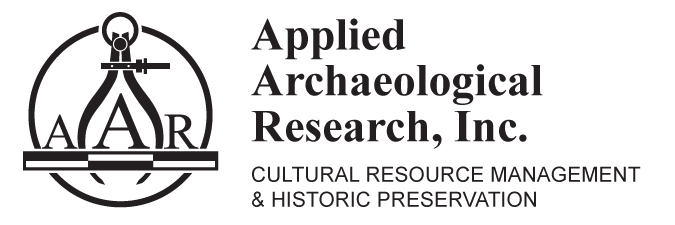Today’s featured symposium is “From Channel Flakes to Bison Jumps: Current Archaeological Investigations”, organized by Suzann Henrikson. The 11 papers in this symposium promise to enrich our understanding of a range of topics. Analysis of the Pewaishe Suakiga debitage assemblage sheds light on Folsom technology in the Pioneer Basin, while new AMS assays and protein residue analyses address the Folsom mammoth hunting proposition in Owl Cave. The source attributions of volcanic glass Haskett points from the eastern Snake River Plain (including the Haskett type site specimens) suggest land use patterns in contrast with regional fluted assemblages. Recent analyses indicate that the Owl Cave bison bone bed represents a single early Holocene mass kill likely executed as an organized communal event with strong evidence for gourmet processing behaviors. Stable isotope values provide much needed insights regarding the seasonality of the mass kill. Potential changes in land use and mobility at the Early Holocene/Middle Holocene transition are examined via geospatial and XRF analyses of volcanic glass projectile points. Recent excavations in the Birch Creek Valley provide evidence of increased hunting success during the late Holocene, due in part to the use of bow and arrow technology. The natural landscape at Buffalo’s Little Brother Hill was utilized as a bison jump following the Medieval Warm Period, when bison herds in southern Idaho rebounded.
Today, we also recognize one sponsor at the Bonneville Level (SWCA) and one sponsor at the Lahontan Level (Applied Archaeological Research).
Since 1981, SWCA has helped public and private clients overcome environmental challenges and move their projects forward. Our 100% employee-owned firm offers comprehensive environmental planning, regulatory compliance, and natural and cultural resources management services. We work together to understand the full life cycle of any project, from inception to completion. To learn more, please visit www.swca.com.
Applied Archaeological Research (AAR) provides high quality archaeological and historic preservation services to a wide variety of agencies, companies, and individuals to assist them in meeting cultural resource compliance requirements. AAR conducts all types of archaeological field studies including predeterminations surveys, formal surveys, site assessments, and site mitigation projects. AAR prepares archaeological site management plans, historic preservation documents, chapters included in Environmental Assessment and Environmental Impact Studies, and site damage assessments. AAR conducts architectural and historical building surveys and evaluations and prepares National Register of Historic Places nominations forms. For more information, please visit www.aar-crm.com.
Thank you to SWCA, AAR, and all of our corporate sponsors!


